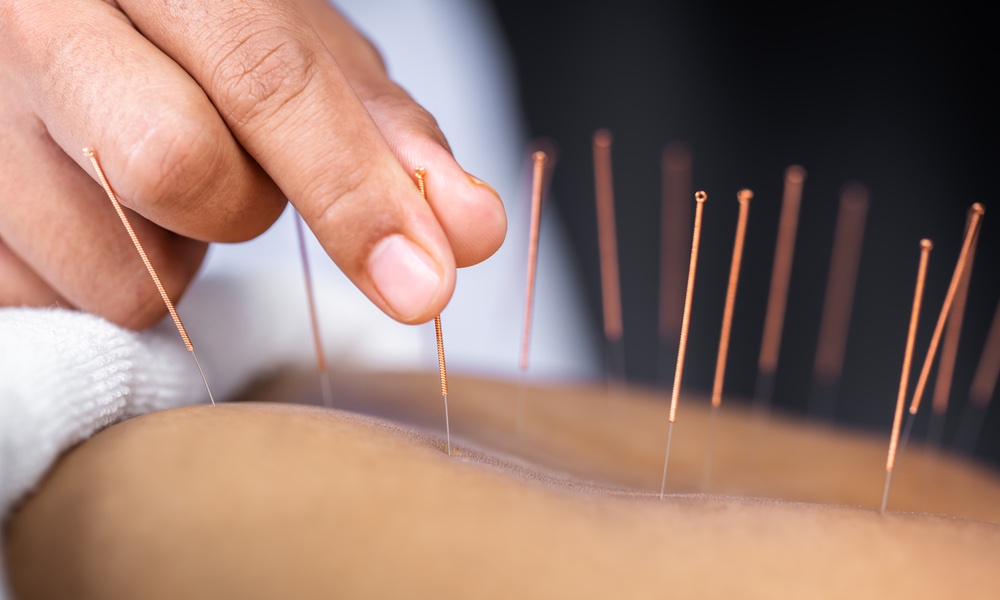Evidence of acupuncture goes all the way back to 6,000 BCE when sharpened stones and bones were found by archeologists who believe they were used for the treatment of medical conditions. Today, around one in 10 Americans have tried acupuncture for everything from headaches to prostatitis.
That number may rise as more scientific studies point to the treatment's effectiveness. The latest trial shows that acupuncture is a successful way to treat sciatica.
As many as 40 percent of adults will experience sciatica in their lifetime which results in weakness, tingling or numbness in the lower half of the body caused by pressure on, or damage to, the sciatic nerve — the longest nerve in the body.
For this study, Chinese researchers included only patients who had herniated discs driving their sciatica pain. Recruitment for the study took place in mid-2021.While both groups saw reductions in their pain levels and improvements in their daily function, only the true-acupuncture group was faring better at every check-in.
Out of 359 volunteers, 220 patients were enrolled in the trial. The mean age of the patients was around 51 and two thirds were women. Just over a quarter of the sciatica-sufferers had tried acupuncture before.
The participants were divided into two equal groups. The first received 10 standardized acupuncture treatments for sciatica over four weeks.
The second group received a “sham” treatment, a “…common practice for sham controls in acupuncture research,” the study's authors noted in a press release. Needles were placed at “nonacupoints” thought to have no therapeutic effect, and most were placed on the skin but were not actually inserted, with the exception of one needle per session, to help maintain the illusion.
The participants were subsequently followed at weeks two, four, eight, 26 and 52. While both groups saw reductions in their pain levels and improvements in their daily function, only the true-acupuncture group was faring better at every check-in. “Moreover, the differences between acupuncture and sham acupuncture groups remained statistically significant at week 52,” the authors reported.
Most people with sciatica will likely try non-steroidal anti-inflammatory drugs like Tylenol, or ibuprofen, physical therapy and herbal treatments. Some look to epidural injections around the spinal cord, as well as self-care approaches like regular stretching or icing.
This latest trial points to an effective alternative option.
To find a certified acupuncturist, search the National Certification Commission for Acupuncture and Oriental Medicine (NCCAOM) website: https://www.nccaom.org/ to access their “Find a Practitioner” directory, which lists all practitioners who have passed their certification exam and are considered qualified.
The study is published in JAMA Internal Medicine.





